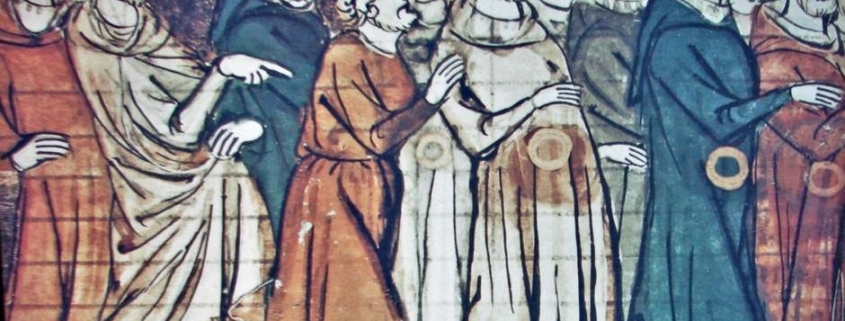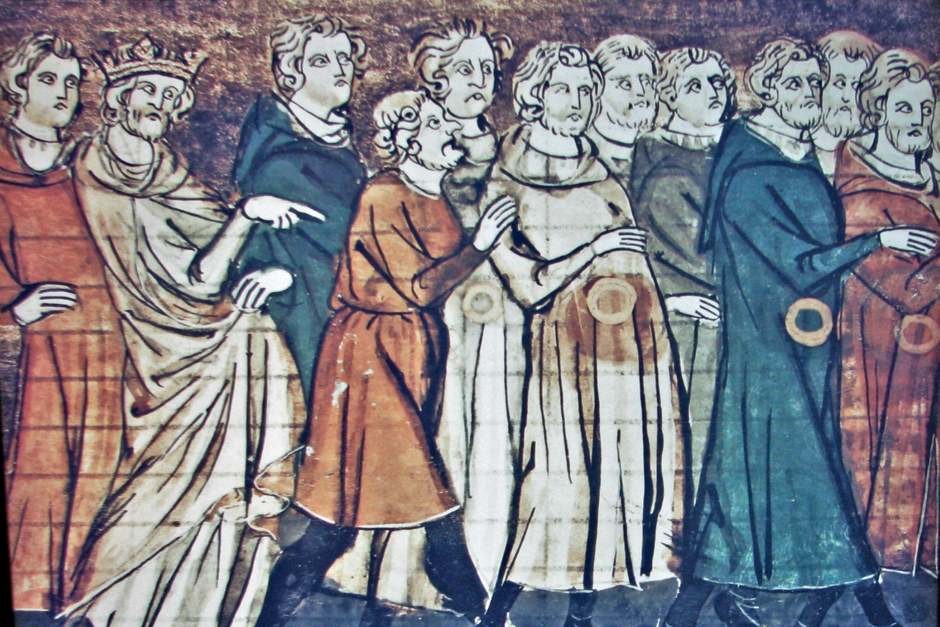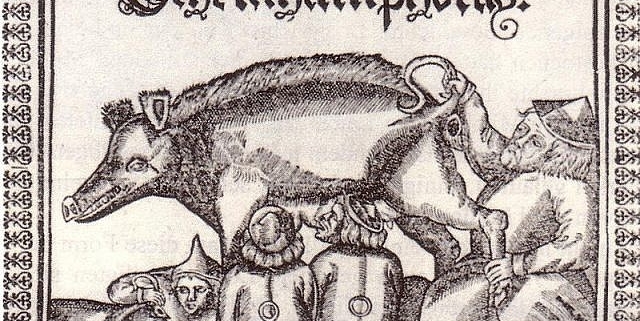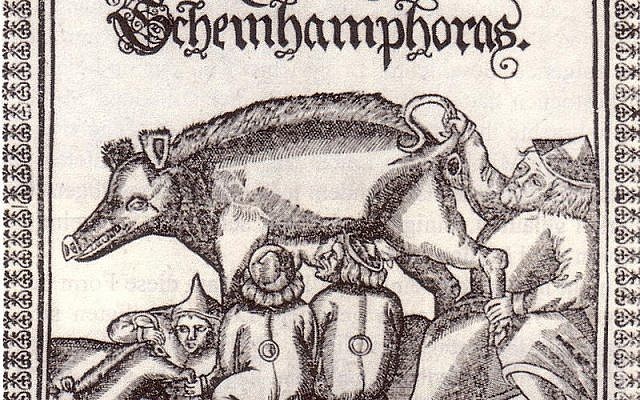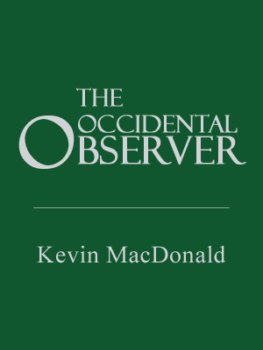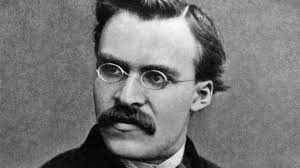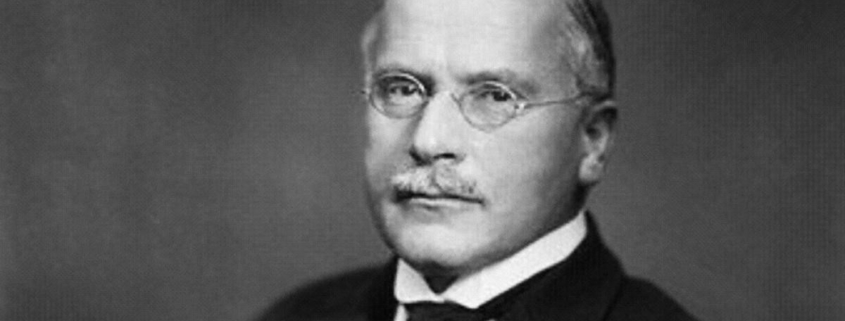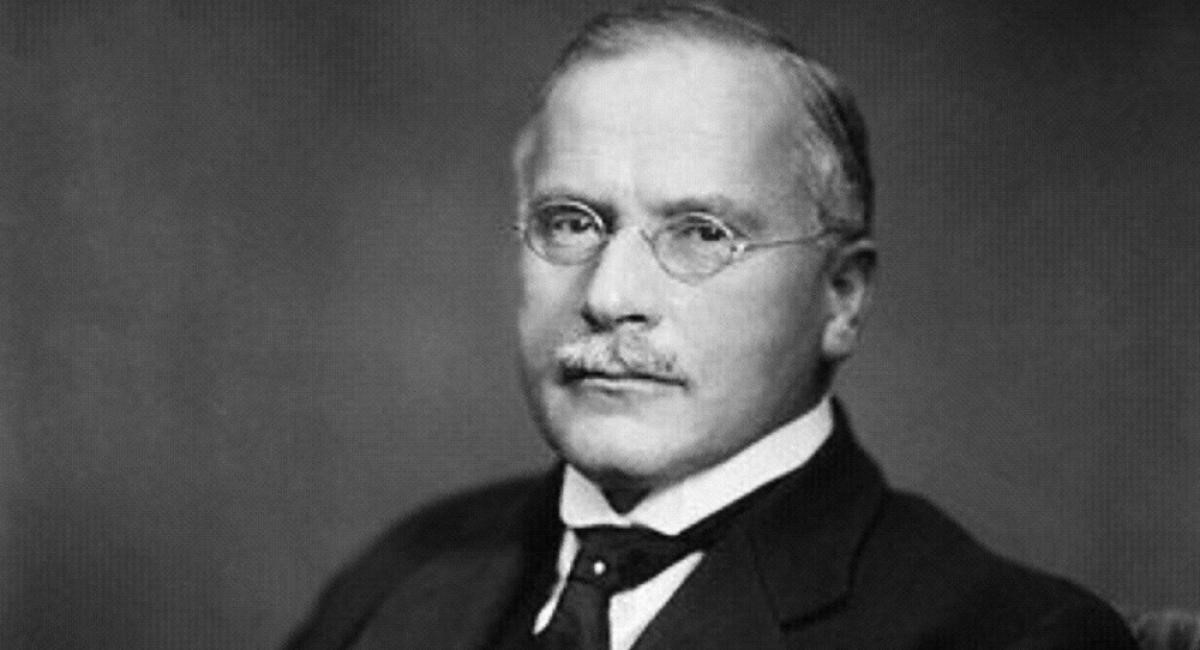Slavoj Žižek’s “Pervert’s Guide” to anti-Semitism

“ [Kevin] MacDonald’s theory is a new chapter in the long process of the destruction of Reason.”
Slavoj Zizek
“Žižek is, at his best, a posturing charlatan.”
Thomas Moller-Nielsen, Current Affairs, Oct. 18 2019.
This is an essay on anti-Semitism, but because it’s also about Slavoj Žižek we’re going to have to start with the subject of extra-marital affairs. Very early in my academic career, I was asked to take part in a cross-faculty seminar, where PhD students could present small talks on the development of their research. It was hoped that, as a newly-minted PhD, I’d ask presenting students some tough but helpful questions, and thus somehow contribute to a team atmosphere in my department. I was provided with a list of proposed talks and immediately felt an overwhelming sense of apathy at the litany of feminist tripe and quasi-Marxist navel-gazing, none of which was in any way related to my own fields of research. I was eager to please in my new role, however, and so I fell dutifully into line. I’ll never forget the first presentation because it was so remarkably surreal, being an effeminate young African-American who quite literally gave a performance poem titled “Black Skin” about, well, you get the idea. But the more memorable event of the day came later, when a young woman gave a presentation on gender in the media, or something to that effect. Something about her manner irritated me considerably, so I gave her a hard time during the Q & A. This was picked up on by a senior figure in the department, a soft meek-looking and much-gossiped-about English historian, who, after the seminar had finished, invited me to his office for a discussion on gender and sex politics.
I’ve been politically aware since I was a teenager. I’d read deeply about Marxism since the age of seventeen, and was familiar with its cultish elements. None of this prepared me for my adventure in this otherwise unremarkable Englishman’s office, the walls of which were festooned with small red flags and quasi-religious images of Lenin and Trotsky. So, I thought, here was a Red in the flesh. I was in the presence of a dedicated Marxist, and that right there in front of me stood a solitary tangible example of the long march through the institutions. He made tea, and we sat down. He began to talk, I listened. During his initial monologue, my host started speaking from a personal perspective, explaining that even in his private life he aimed to live in accordance with his “socialist beliefs.” Before he got married, he explained, he and his fiancée agreed that they wouldn’t take traditional vows, agreeing they wouldn’t be so possessive as to make an oath of exclusivity to one another. They might “expect” exclusivity, but they wouldn’t demand it. They believed in “freedom,” he said, and ultimately this was what social progressivism and modern gender and sex politics was all about. It wasn’t anything to get upset over, he implied, or laugh about.
Except that it was. The faculty gossip I’d heard was that the wife of this “free love” advocate had been on a short-term teaching stint in Norway and had just recently decided to permanently settle there with a Norwegian lover she’d been having an affair with for some time. She had the marital couple’s two children with her in Norway, and was making it extremely difficult for the meek, permissive, Lenin-loving Englishman to see them. The family home had also been declared off-limits, and my Marxist colleague was apparently reduced to staying in a local bed and breakfast. Tragic? Quite possibly. Hilarious? Most definitely. All of this flooded my mind as the cuckolded Leninite sat opposite me recounting his lukewarm marriage vows, tea in hand, eyes glistening with — tears? Steam from the tea he said, wiping them casually and glancing at the window. My face was stone. The time passed, and my host gradually fell silent. I thanked him most disingenuously, and made a hasty retreat, taking a deep breath as I emerged from the building. I never set foot in that office again.
What does any of this have to do with anti-Semitism? If you’re the superstar Marxist intellectual Slavoj Žižek, it has everything to do with anti-Semitism, since as we will find out, infidelity and anti-Semitism are irrefutably linked. I say “irrefutably” quite deliberately, because his arguments are irrefutable — and they are irrefutable because they are nonsensical. Read more


